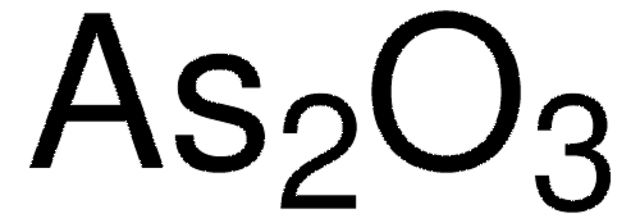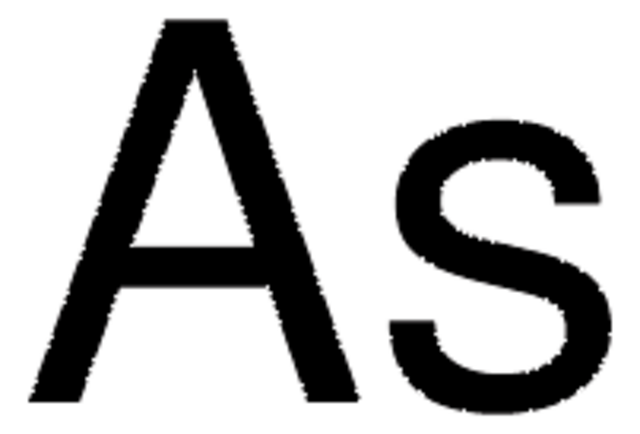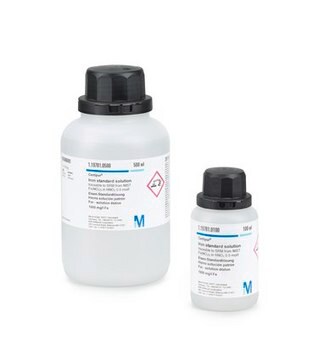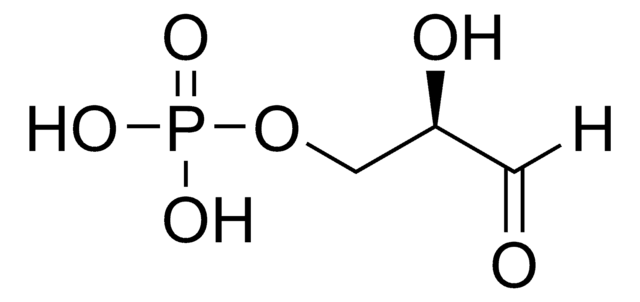S9663
Sodium arsenate dibasic heptahydrate
ACS reagent, ≥98%
Synonym(s):
Disodium hydrogen arsenate heptahydrate, di-Sodium hydrogen arsenate heptahydrate
About This Item
Recommended Products
grade
ACS reagent
Assay
≥98%
98.0-102.0%
form
powder
impurities
≤0.005% Insoluble matter
pH
8.5-9 (25 °C, 50 g/L)
anion traces
arsenite (As2O3): ≤0.01%
chloride (Cl-): ≤0.001%
nitrate (NO3-): ≤0.005%
sulfate (SO42-): ≤0.01%
cation traces
Fe: ≤0.001%
heavy metals (as Pb): ≤0.002%
SMILES string
O.O.O.O.O.O.O.[Na+].[Na+].O[As]([O-])([O-])=O
InChI
1S/AsH3O4.2Na.7H2O/c2-1(3,4)5;;;;;;;;;/h(H3,2,3,4,5);;;7*1H2/q;2*+1;;;;;;;/p-2
InChI key
KOLXPEJIBITWIQ-UHFFFAOYSA-L
Looking for similar products? Visit Product Comparison Guide
Related Categories
Application
Signal Word
Danger
Hazard Statements
Precautionary Statements
Hazard Classifications
Acute Tox. 3 Inhalation - Acute Tox. 3 Oral - Aquatic Acute 1 - Aquatic Chronic 1 - Carc. 1A
Storage Class Code
6.1A - Combustible acute toxic Cat. 1 and 2 / very toxic hazardous materials
WGK
WGK 3
Flash Point(F)
Not applicable
Flash Point(C)
Not applicable
Regulatory Listings
Regulatory Listings are mainly provided for chemical products. Only limited information can be provided here for non-chemical products. No entry means none of the components are listed. It is the user’s obligation to ensure the safe and legal use of the product.
EU REACH Annex XVII (Restriction List)
Choose from one of the most recent versions:
Certificates of Analysis (COA)
It looks like we've run into a problem, but you can still download Certificates of Analysis from our Documents section.
If you need assistance, please contact Customer Support.
Already Own This Product?
Find documentation for the products that you have recently purchased in the Document Library.
Customers Also Viewed
Our team of scientists has experience in all areas of research including Life Science, Material Science, Chemical Synthesis, Chromatography, Analytical and many others.
Contact Technical Service












